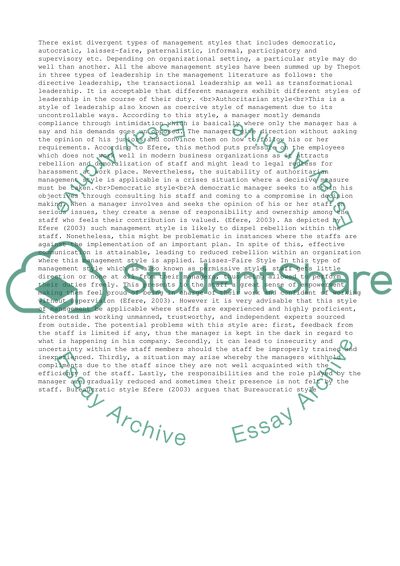Cite this document
(“Managament Style Essay Example | Topics and Well Written Essays - 1750 words”, n.d.)
Managament Style Essay Example | Topics and Well Written Essays - 1750 words. Retrieved from https://studentshare.org/management/1472183-managament-style
Managament Style Essay Example | Topics and Well Written Essays - 1750 words. Retrieved from https://studentshare.org/management/1472183-managament-style
(Managament Style Essay Example | Topics and Well Written Essays - 1750 Words)
Managament Style Essay Example | Topics and Well Written Essays - 1750 Words. https://studentshare.org/management/1472183-managament-style.
Managament Style Essay Example | Topics and Well Written Essays - 1750 Words. https://studentshare.org/management/1472183-managament-style.
“Managament Style Essay Example | Topics and Well Written Essays - 1750 Words”, n.d. https://studentshare.org/management/1472183-managament-style.


